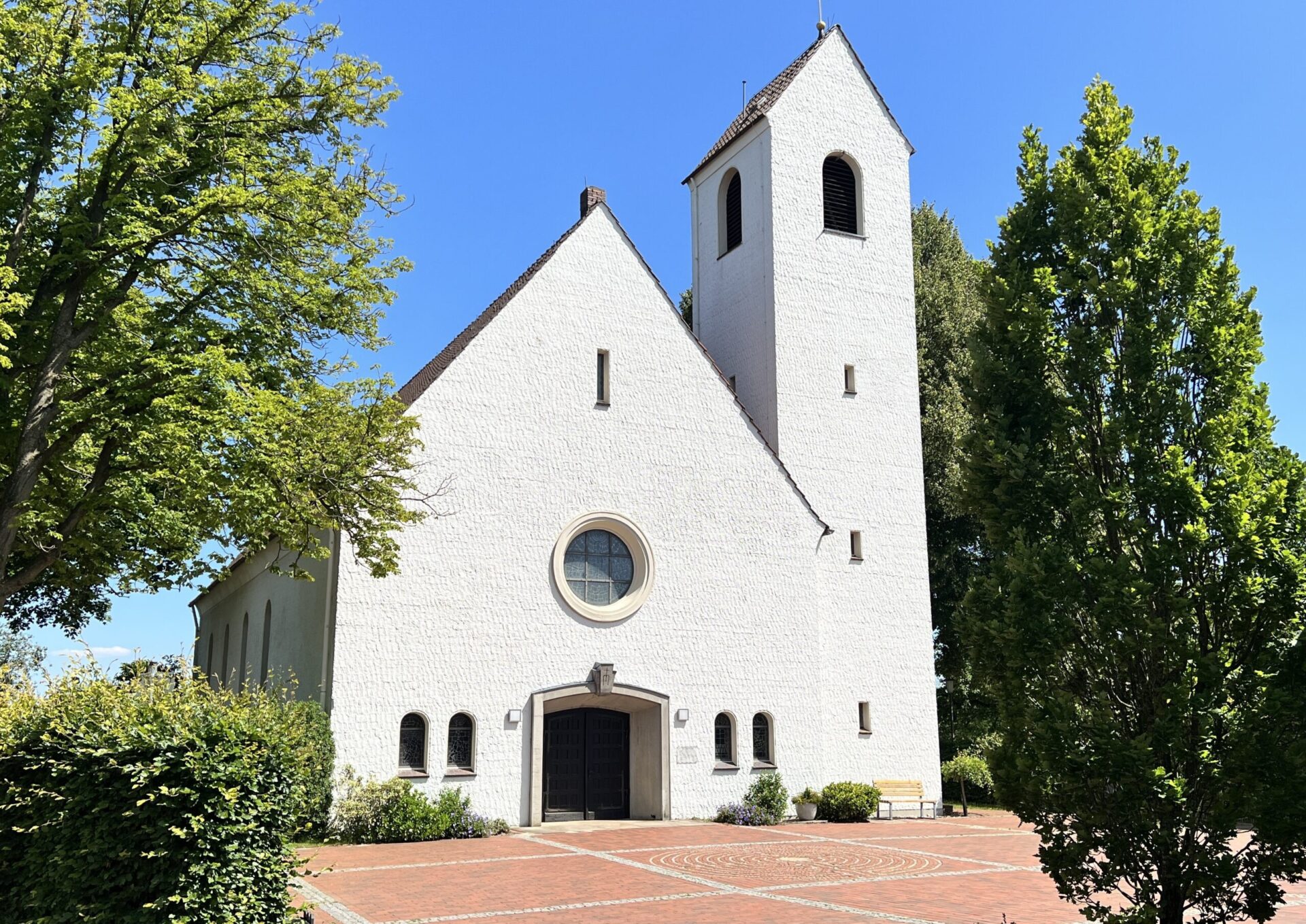Since the Oldenburg Counts introduced the Reformation in 1529, the county's inhabitants were officially all Protestants. That is why the old Rastede St. Ulrich's Church also became Protestant. In the centuries that followed, there were one or two catholic immigrants in Rastede from time to time. However, it was not worth it for this small group to build their own Catholic church. This situation did not change until the end of the Second World War, and it changed dramatically. Because of the influx of many war refugees from the former German eastern territories, especially from Silesia and the Sudetenland, the number of Catholics grew rapidly to over 4000 within one year. In order to provide them with their own dignified church service, it was necessary to act quickly and build a Catholic church. In August 1950, the first sod was turned, and the first mass was celebrated four months later.
Although it is not particularly old, St. Marien Church has a high-quality inventory. A large statue of the Virgin Mary was donated to the church by the Pius Hospital in 1952, and a smaller one by the Bonifatiuswerk in Paderborn. The baptismal font is very special, as it is made from an original Romanesque column shaft from the former Rastede monastery. The baptismal font forms a visible link between the medieval St. Mary's Monastery and the new church of the Catholic community in Rastede. The column shaft was a gift from the Hereditary Grand Duke of Oldenburg, whose castle is located on the site of the former monastery.
In the early 1990s, St. Mary's Church was remodelled once again. A sacristy was added to the east side, and the church interior was decorated with new leaded windows.
